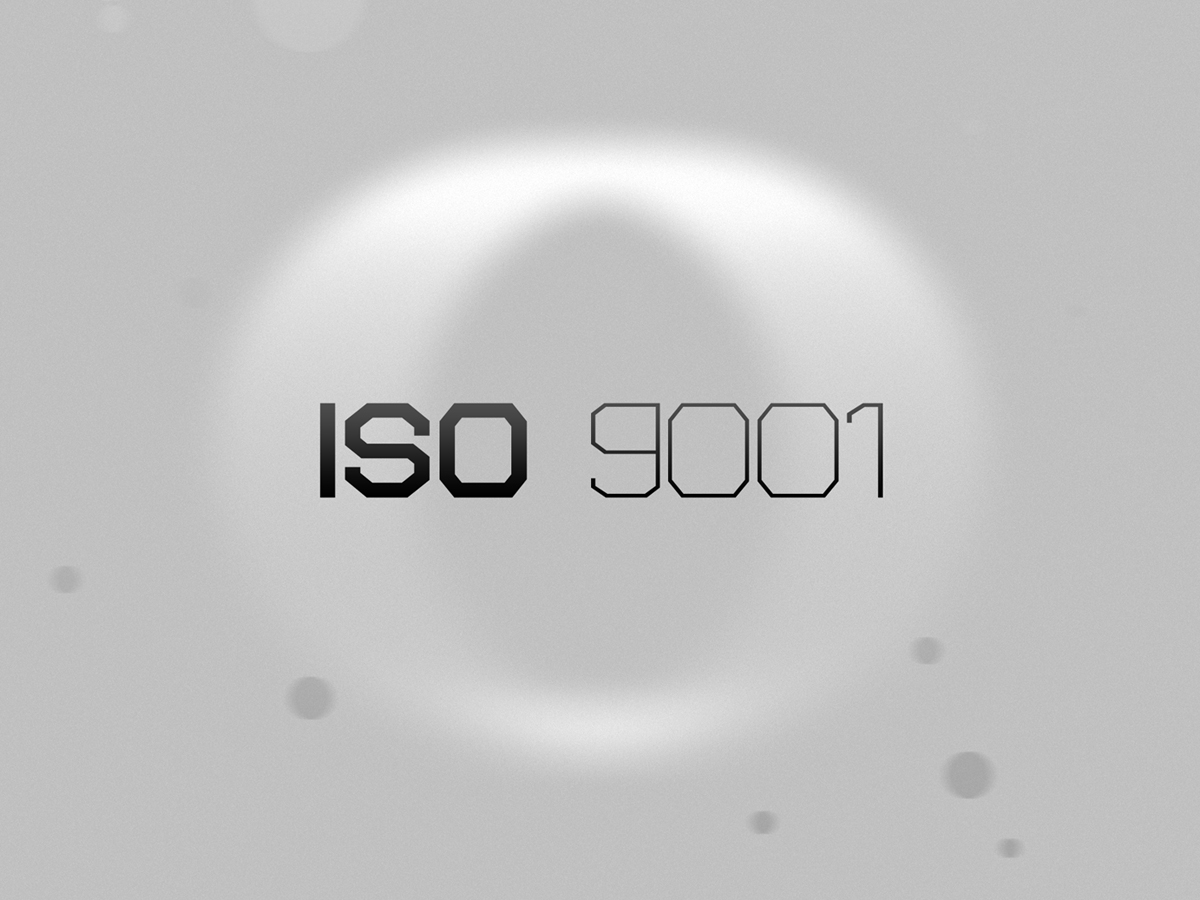In an era where artificial intelligence (AI) is transforming nearly every industry, the world of quality management systems (QMS) is no exception. Specifically, ISO 9001—one of the most widely adopted quality standards globally—is beginning to feel the ripple effects of this powerful technology. But what exactly does AI mean for ISO 9001 audits? Will it enhance the auditing process, or disrupt it altogether? In this blog, we explore the profound ways AI is reshaping ISO 9001 auditing, and what this means for businesses, auditors, and quality professionals.
Understanding ISO 9001 and the Role of Auditing
ISO 9001 sets out the criteria for a quality management system and is based on principles like customer focus, process approach, and continual improvement. At the heart of ISO 9001 compliance lies the audit—a systematic examination of whether a company’s QMS meets the standard’s requirements.
Traditionally, ISO audits have been manual, document-heavy, and time-consuming. Auditors examine paperwork, conduct interviews, and inspect processes to determine compliance. But with the integration of AI, this traditional method is being rapidly reimagined.
How AI Is Already Changing ISO 9001 Audits
1. Automated Data Analysis
One of the most immediate benefits of AI in auditing is its ability to analyze massive amounts of data quickly and accurately. Instead of manually reviewing spreadsheets, logs, or performance reports, AI can instantly identify trends, flag anomalies, and suggest areas of nonconformity.
For example, an AI tool integrated with a company’s ERP or CRM system can detect patterns that indicate customer dissatisfaction—perhaps even before a complaint is filed. This kind of predictive insight is invaluable during an ISO 9001 audit.
2. Real-Time Monitoring and Continuous Auditing
AI allows for the shift from periodic to continuous auditing. Rather than waiting for an annual or semi-annual check, companies can now use AI-powered systems to monitor their QMS in real time.
This enables a much more proactive approach to quality assurance. Non-conformities can be flagged instantly, corrective actions can be tracked automatically, and historical data can be reviewed effortlessly.
Example Use Case: A manufacturing company uses AI to monitor production line data. When the system detects a deviation in product dimensions, it automatically alerts quality control and logs the issue for auditing purposes.
3. Enhanced Risk Assessment and Prioritization
AI can also help auditors assess risk more accurately. By analyzing historical non-conformance data, supply chain disruptions, and even employee feedback, AI systems can help prioritize audit efforts based on potential impact.
This leads to more efficient audits, focusing on high-risk areas first—a key requirement of ISO 9001’s risk-based thinking approach.
4. Natural Language Processing (NLP) for Document Review
Natural Language Processing, a branch of AI, is particularly useful for reviewing documents—such as quality manuals, procedures, and work instructions. NLP algorithms can extract critical information, identify missing elements, and even flag inconsistencies in language that could lead to misinterpretations.
For auditors, this means less time spent reading and more time analyzing.
5. Improved Auditor-Auditee Collaboration
Virtual assistants and AI-driven chatbots can assist both auditors and auditees during the audit process. From scheduling interviews to answering routine questions about clauses, these tools help streamline the administrative side of auditing.
This increases the efficiency of the audit process and reduces friction, especially in remote audits—a growing trend post-COVID.
Potential Challenges and Ethical Considerations
Despite its advantages, integrating AI into ISO 9001 audits isn’t without challenges:
-
Data privacy: Audits often involve sensitive internal data. Ensuring AI systems are compliant with data protection laws is critical.
-
Algorithm bias: AI systems are only as objective as the data they are trained on. Bias in historical data can lead to flawed conclusions.
-
Loss of human intuition: While AI is great at crunching numbers, it can’t replace human judgment, empathy, or contextual understanding.
For these reasons, AI in auditing should be seen as an augmentation tool—not a replacement for human auditors.
What the Future Holds
AI is not going to replace ISO 9001 auditors anytime soon, but it is redefining their roles. Auditors will shift from being data collectors to strategic analysts—focusing more on continuous improvement, systemic issues, and organizational culture.
The combination of human expertise and AI efficiency can create a powerful synergy, leading to audits that are faster, more accurate, and ultimately more valuable to businesses.
Conclusion
AI is set to revolutionize ISO 9001 auditing by automating tedious tasks, providing real-time insights, and enabling smarter risk management. While human auditors remain central to the process, AI tools will significantly enhance their effectiveness and the overall value of audits.
Companies that embrace this evolution will not only streamline their compliance efforts but also gain a competitive edge in quality, efficiency, and customer satisfaction.
Related Content: https://7balance.org/how-to-use-ai-to-support-integrated-iso-audits/

